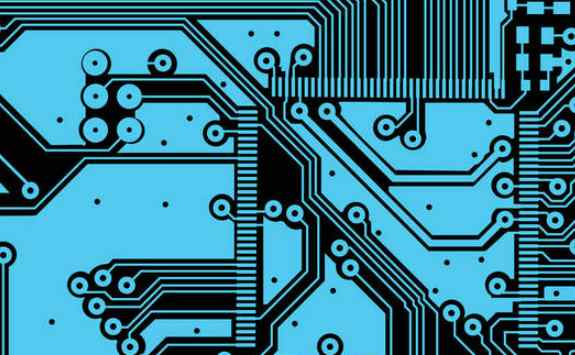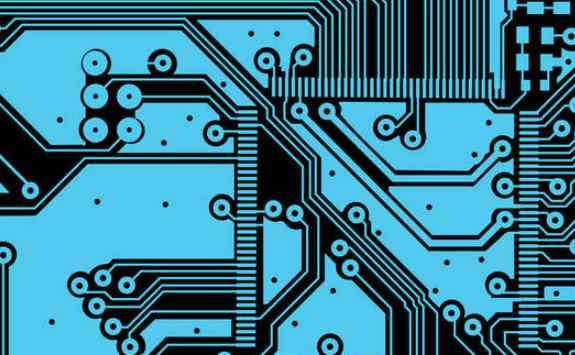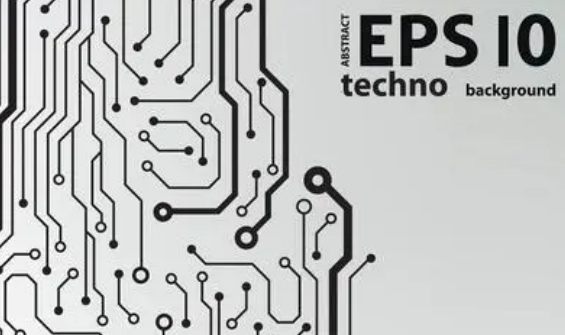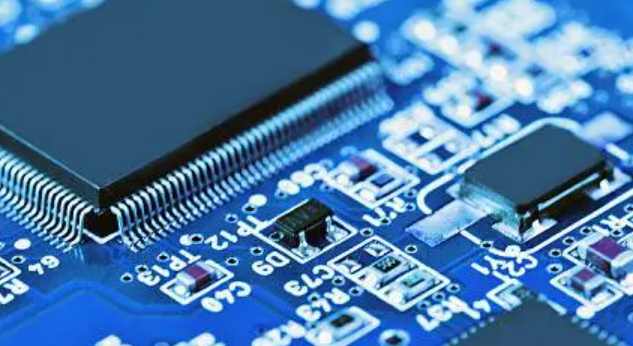
At the millimeter-wave frequency, any of the other material parameters of the circuit board material, such as dielectric loss (Df), moisture absorption rate, glass braiding effect, will affect the "design Dk" value of the material. Like Dk, the Df of a material is also affected by temperature, defined as the loss factor thermal stability coefficient (TCDf). As the name suggests, it also has an effect on circuit design as temperature changes. The moisture absorption rate refers to the total weight of the circuit board material to absorb external water, which is measured in percentage. At higher frequencies, the smaller the value, the better, with typical values ranging from 0.1% to 0.2%. Rogers RO3003 laminate has a moisture absorption rate of 0.04%.
Because the wavelength of millimeter wave frequency is very small, for some special PCB board reinforced with glass fiber, the "glass braid effect" will also affect the circuit performance. These effects are related to the distribution of glass fiber in the circuit board medium. There are two common weaves of glass fiber cloth. One is "interleaved open braid", in which there are gaps between the glass fiber bundles. The other is a "uniform split weave", in which the glass fibres are flat and have no gaps between them. Glass fibers are filled throughout the material in one of two ways. One is "uniform filling," in which the density of glass fibers on the x and y axes is the same. The other is "non-uniform packing," where the glass fibers have different densities on the two axes. For the glass fiber cloth that adopts "interleaved form braid", the Dk value is lower in the gap area without glass fiber, and the Dk value is highest in the overlapping area formed by two bundles of glass fiber crossing. When the signal wavelength is small enough to match the size of these gaps, the signal becomes distorted.

For 77GHz radar, if PCB material with strong "glass braid effect" is used, it may be affected by group delay, propagation delay and phase Angle change. To ensure phase stability, the PCB material with "uniform open-fiber glass braid" as the filler should be selected for the 77GHz circuit, and the Dk variation of the PCB material should be as small as possible. If you use "interlaced open glass braid" as packing circuit board materials, at 77GHz frequency, Dk value will change about 0.09, which will bring about 100 degrees of phase Angle difference. The change of phase Angle means that the circuit group delay and propagation delay of these materials will have a big difference. Ideally, a fiberglass free material, such as RO3003 or RO3003G2 laminates, would avoid the 'fiberglass effect'.
In addition, the selection of different transmission line technologies may also affect the performance of millimeter-wave circuits such as 77GHz automotive radar. Millimeter-wave circuits are usually part of multilayer mixed-voltage PCBS, which may also contain digital circuits, power circuits, and even photoelectric circuits. Millimeter wave circuits usually use microstrip line or GCPW transmission line technology. During PCB processing, GCPW transmission line is more susceptible to factors such as copper plating thickness, conductor etching accuracy, and final coating surface treatment (as shown in Figure 6). Although both microstrip line and GCPW can be modeled and simulated to predict circuit performance, GCPW is more difficult to process and affected by processing at 77GHz frequency.
The selection of transmission line technology and the influence of processing technology on the performance of millimeter-wave frequency circuit
In order to evaluate the influence of different circuit board materials and copper conductor types on the circuit, it will take a lot of time and energy to simulate the circuit by using full-wave electromagnetic field simulation software, or to directly manufacture the real object for testing. An easier way is to use MWI-2019, a free software program based on Microsoft's Windows platform. The software can be downloaded free of charge from the Rogers website. The software (see "More on MWI-2019") allows users to verify the effect of material thickness, copper conductor surface roughness, and other parameters on the Design Dk using its built-in database. The database also contains "design Dk" values for many other different materials. Although the results provided by this software are slightly less accurate, its calculation time is much faster than that of full-wave electromagnetic simulation software, and initial values of different materials and material parameters used in millimeter-wave circuit design can be obtained almost immediately.







